UDL Schoolwide Implementation Criteria
The UDL-SIC is a robust tool for guiding decisions and supporting ongoing schoolwide growth, whether your team is just getting started or has experienced many years of successful UDL implementation.
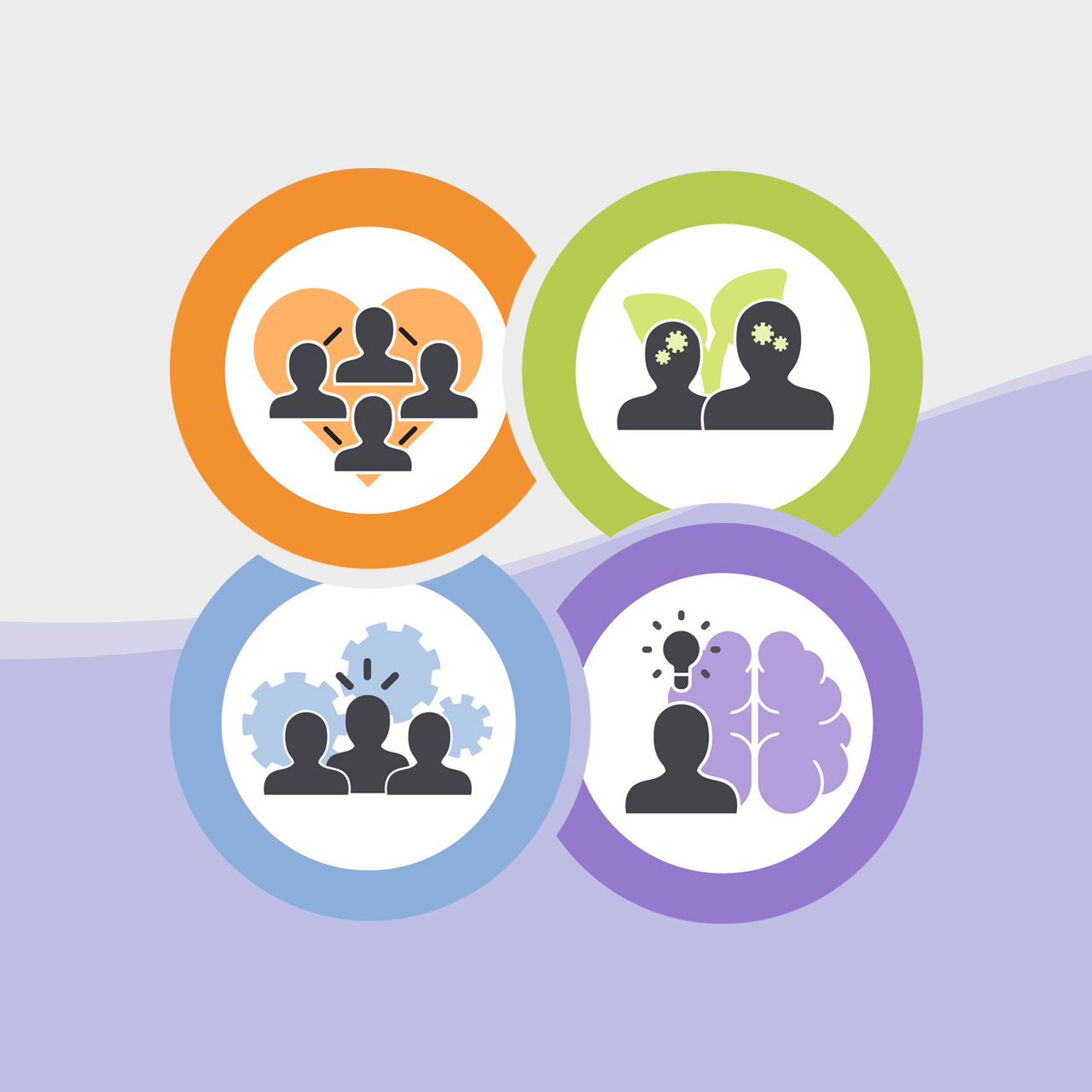
The Universal Design for Learning Schoolwide Implementation Criteria (UDL-SIC) defines high-quality, schoolwide, UDL implementation. Like UDL, the criteria are data-driven, support continuous improvement, and provide multiple pathways for schools to progress through the stages of implementation. The UDL-SIC is a robust tool for guiding decisions and supporting ongoing schoolwide growth, whether your team is just getting started or has experienced many years of successful UDL implementation.
The criteria were developed using insights from implementation, improvement, and learning science research. It was also informed by ongoing input and feedback from experienced UDL leaders throughout the field of education. While the full certification process is not yet available, the UDL-SIC criteria and related tools are ready to use to support your school’s UDL implementation efforts.
The UDL-SIC provides a flexible roadmap for achieving effective schoolwide UDL implementation, and provides multiple pathways to future UDL school certification to recognize the accomplishments of school communities using UDL.
Multiple Ways to Explore the UDL-SIC
- Read the Criteria Overview below or the extensive supporting resource documents.
- Watch the UDL-SIC Introduction video on YouTube.
- Use the UDL-SIC Self-Assessment (PDF) to reflect on where your school is on the path to implementing UDL.
- Connect with our Professional Development team for support and guidance on pursuing schoolwide UDL implementation.
- Join an upcoming Workshop Series to learn about schoolwide UDL implementation in a collaborative setting with leadership peers.
Supporting Resources
- UDL-SIC Guide (PDF) provides an overview of the criteria and offers suggestions about how to use the tools that support UDL implementation.
- UDL-SIC Full Criteria (PDF) includes comprehensive details on each of the four domains and their elements.
- UDL-SIC Self Assessment (PDF) helps school teams use data to map their school’s current UDL practices the next steps they can take on their UDL journey.
- UDL-SIC Readiness Indicators (PDF) are a tool to stimulate discussion, identify readiness, and plan for successful UDL implementation.
- UDL-SIC Goal-Setting Planning Tool (PDF) is a template supported by the Self Assessment to help determine implementation goals, plan actions, and review progress.
The UDL-SIC Overview
The UDL-SIC is built around four domains; School Culture and Environment, Teaching and Learning, Leadership and Management, and Professional Learning. They provide an organizational structure for thinking about schoolwide UDL implementation.
Each domain is defined by its four elements, which guide implementation and are measured during certification.
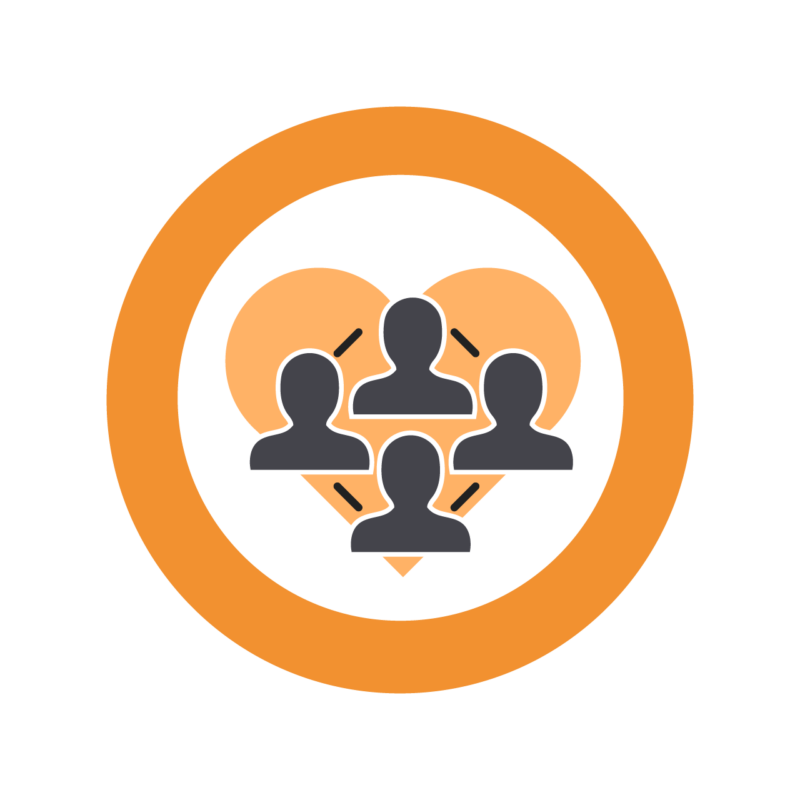
Domain One: School Culture & Environment
In a school that uses the UDL framework, the community works together to create a school culture that values equity, inclusion, and expert learning for all. The school community commits to design flexible, goal-directed experiences and environments that anticipate the variability of its members and has high expectations for all.
- Element 1: The school community designs a culture that supports inclusion and equity.
- Element 2: The school community designs a culture that supports expert learning.
- Element 3: The school community communicates in ways that reflect a commitment to UDL.
- Element 4: The school community designs school spaces to support variability.
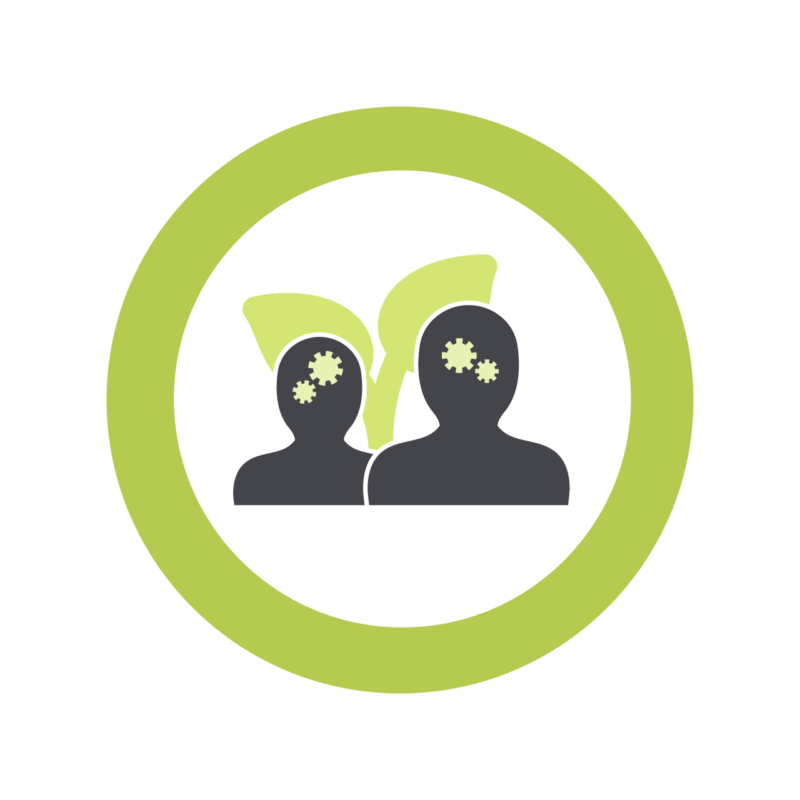
Domain Two: Teaching & Learning
In a school that uses the UDL framework, educators design learning opportunities that anticipate learner variability so every student can develop learning expertise. The UDL Guidelines are used proactively and iteratively to design curricular goals, assessments, methods, and materials to reduce barriers to learning. Rather than focus solely on classroom learning activities, a UDL school community views all interactions as learning opportunities and designs each with UDL’s inclusive principles in mind.
- Element 1: Educators intentionally design learning experiences using evidence-based, high-leverage practices to address learner variability and reduce barriers.
- Element 2: Learning goals are clear, flexible, meaningful, and support high expectations for all.
- Element 3: Educators incorporate evidence-based, high-leverage, flexible methods and materials that anticipate learner variability and reduce barriers.
- Element 4: Educators incorporate flexible assessments that are designed to support learner variability and reduce barriers to learning.
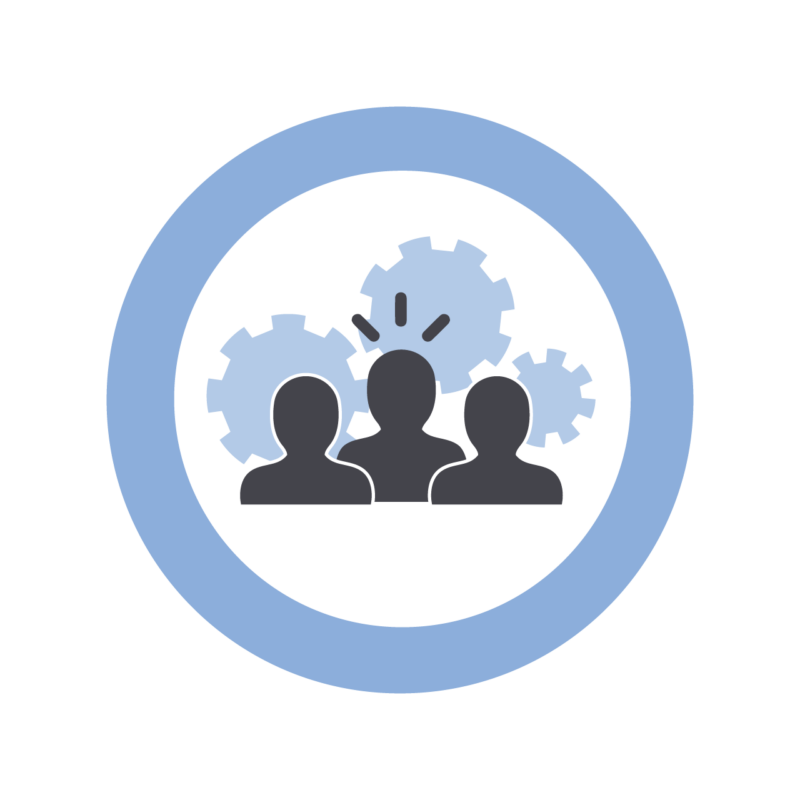
Domain Three: Leadership & Management
In schools that use the UDL framework, leaders actively support and monitor UDL implementation across school settings. Using an iterative, data-driven design process, leaders model UDL practices and ensure that all learning environments and experiences, including school processes, procedures, and resources, are designed to anticipate learner variability by reducing barriers and promoting equity, inclusion, and expert learning for all.
- Element 1: School leaders actively lead, support, and monitor UDL implementation across the school community.
- Element 2: School leaders collaborate to design a systematic, goal-driven, UDL implementation process.
- Element 3: School leaders collaborate to design school processes, procedures, and structures that anticipate learner variability and promote equity, inclusion, and expert learning.
- Element 4: School leaders procure school and classroom resources that align with the UDL framework.
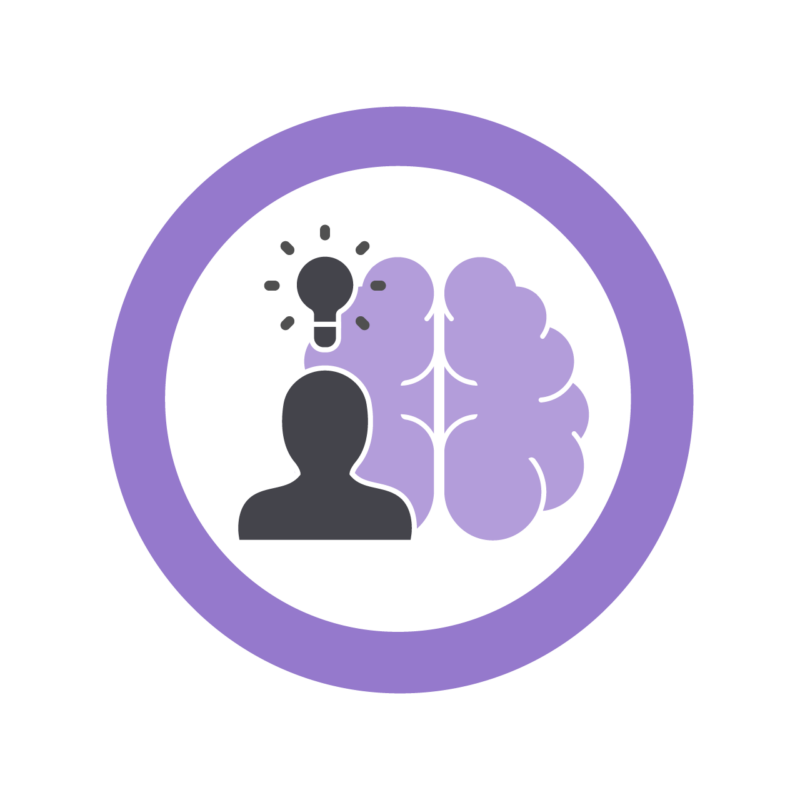
Domain Four: Professional Learning
In a school that uses the UDL framework, professional learning opportunities are personalized and job-embedded, and they promote ongoing professional growth. Professional learning is designed and facilitated by UDL professionals to be flexible, data-driven, and goal-directed, and to promote the development of educators’ expertise.
- Element 1: UDL professional learning is goal-driven.
- Element 2: UDL professional learning is flexible in addressing staff variability.
- Element 3: UDL professional learning supports expert learning.
- Element 4: UDL professional learning integrates job-embedded support.
Cross Cutting Concepts
These foundational UDL design concepts are intentionally woven into the domains and elements. Educators are asked to design for:
- Equitable, inclusive, and accessible environments. The design process focuses on creating equitable, inclusive, and accessible environments and experiences for all.
- Learner variability. Anticipating the learner variability, educators consider the whole learner, including their social, emotional, cognitive, perceptual, physical, sensory, and cultural strengths and needs when designing learning experiences and environments.
- Reducing barriers in the environment. By recognizing that barriers reside in the design of the environment or experience, not in the learner, barriers can be intentionally reduced using the UDL Guidelines and an iterative design process.
- Expert learning. Educational experiences are goal-directed and designed to keep expectations high for all learners. Expertise includes becoming resourceful, knowledgeable, strategic, goal-directed, purposeful, and motivated as learners (Ertmer & Newby, 1996; Meyer, Rose, & Gordon, 2014).
- Data-driven, iterative processes. Learning design is an intentional, iterative process focused on continuous improvement at all levels, using rich and varied data to inform subsequent design.